Making Zucchini, Marjoram & Onion Preserve
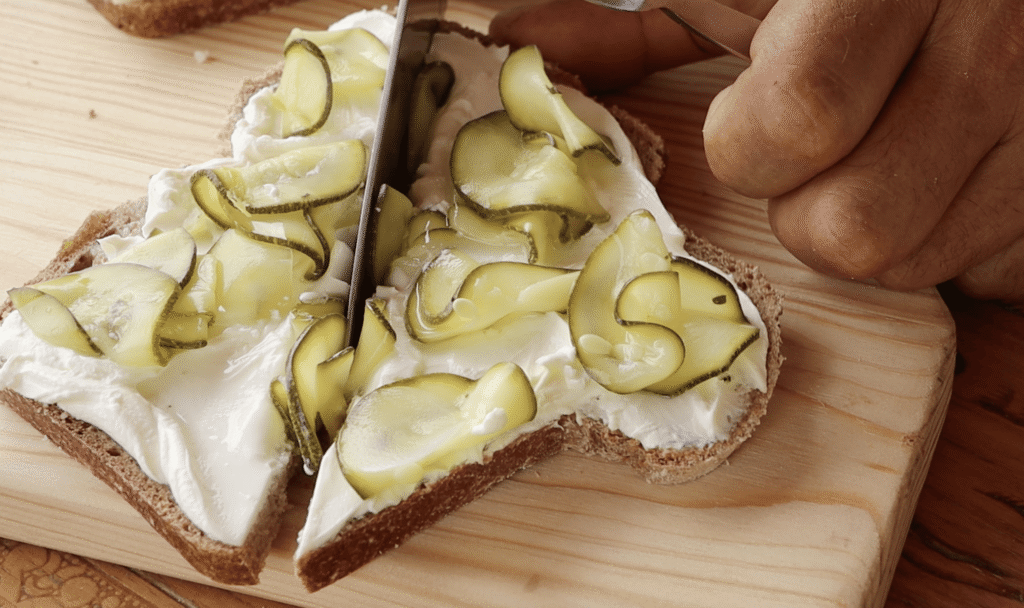
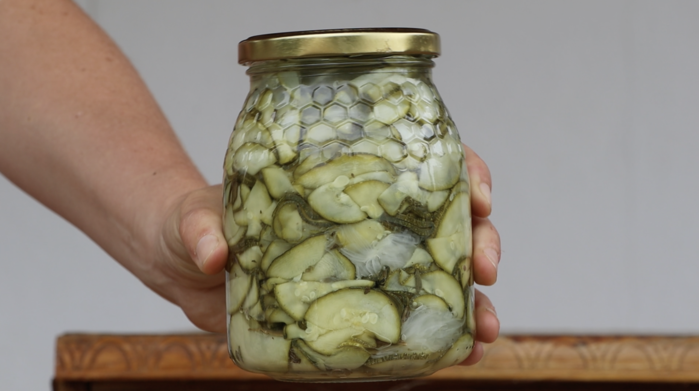
A tangy, herby zucchini preserve infused with marjoram and mellow white onion. A from-scratch pantry essential perfect for summer spreads and BBQs.
When the zucchini starts coming in faster than you can cook it, this is your go-to preserve. With just a handful of everyday ingredients—some vinegar, dried marjoram, and white onion—you can transform a glut of zucchini into a jar of tangy, herby gold.
This preserve is gentle in flavour but complex enough to elevate a slice of sourdough or a grilled cheese. The trick? A brief vinegar blanch, a kiss of marjoram, and very thin slices. It’s one of those preserves you’ll wish you made more of—perfect during aperitifs, next to hard cheeses, or on a BBQ platter.



A tangy, herby zucchini preserve infused with marjoram and mellow white onion. A from-scratch pantry essential perfect for summer spreads and BBQs.
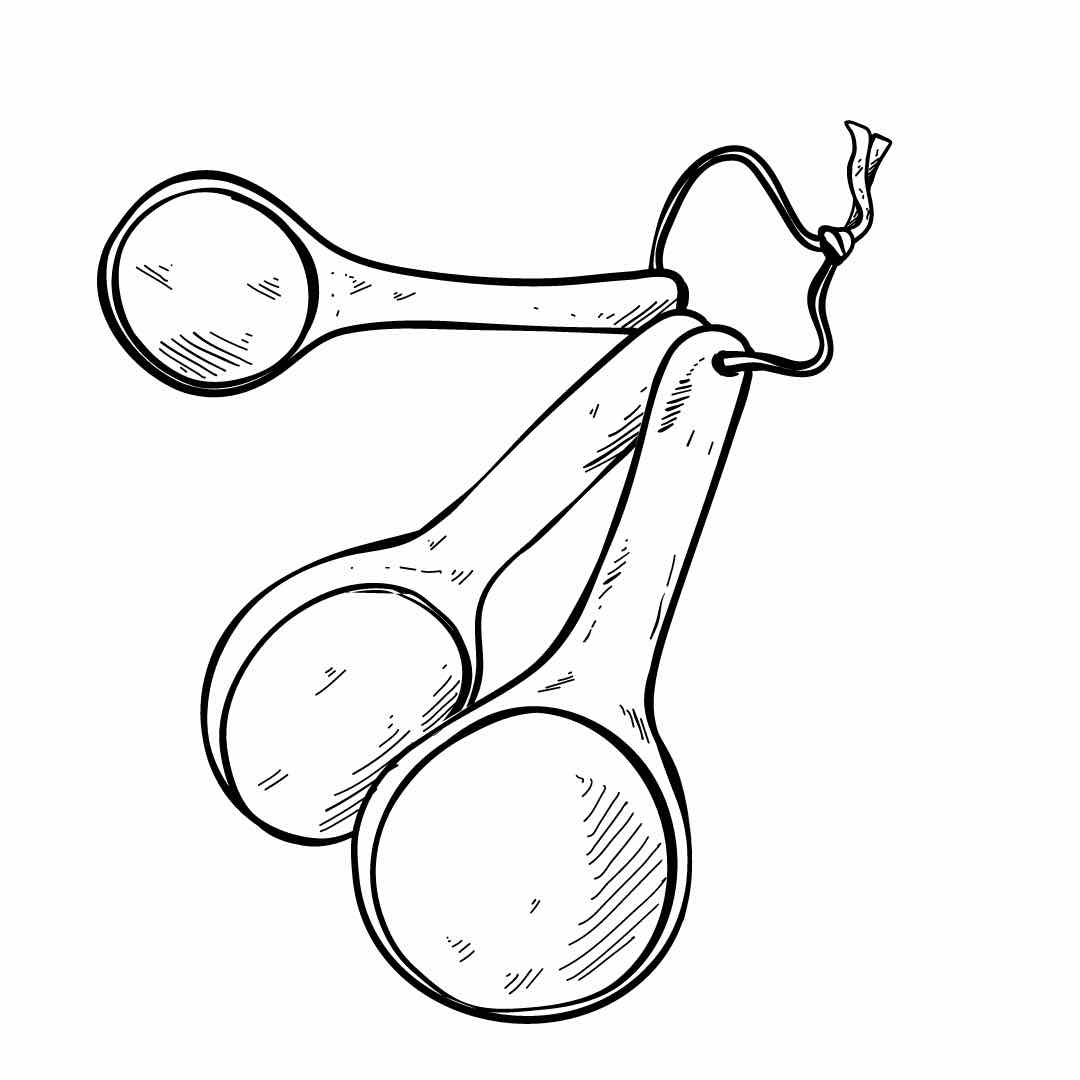
Serves:
750 ml/bone 24 oz jar

Time to Prepare:
20 minutes
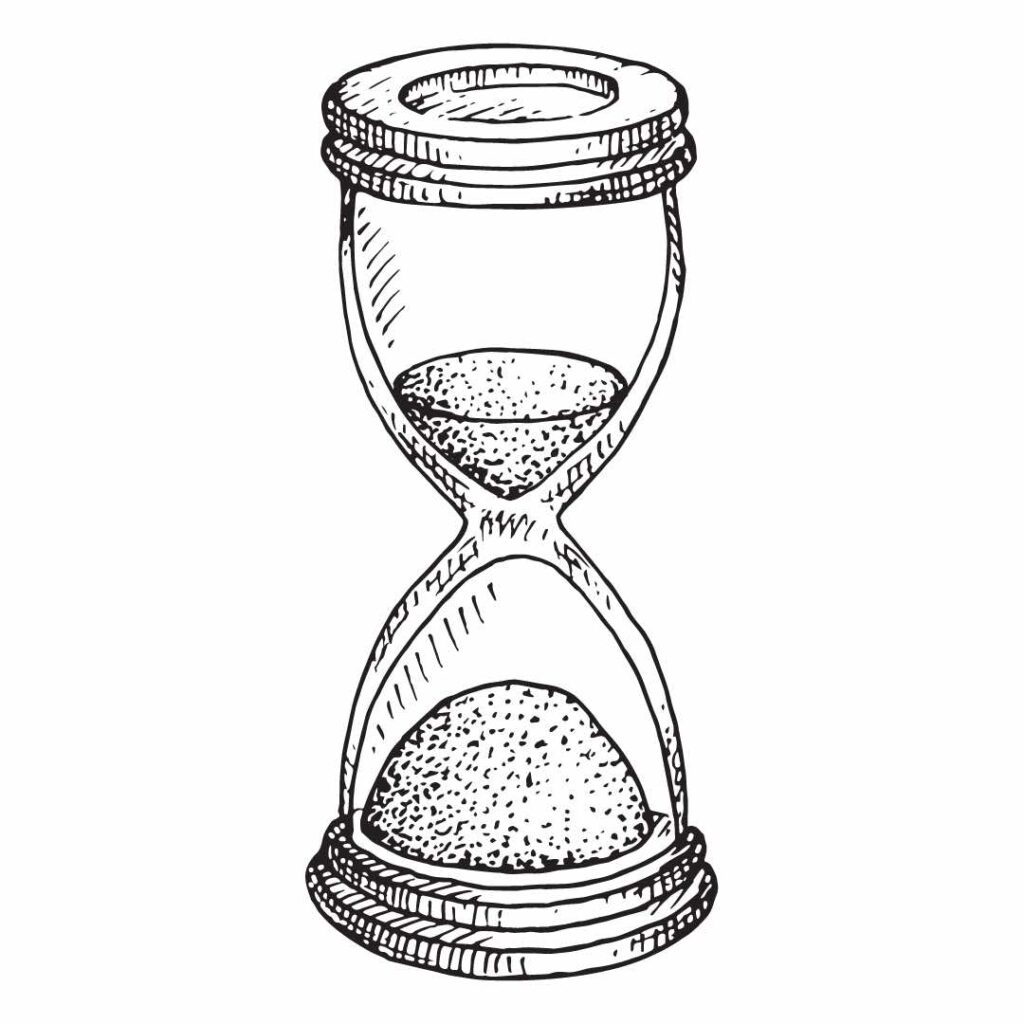
Time to cook or cure:
10 minutes
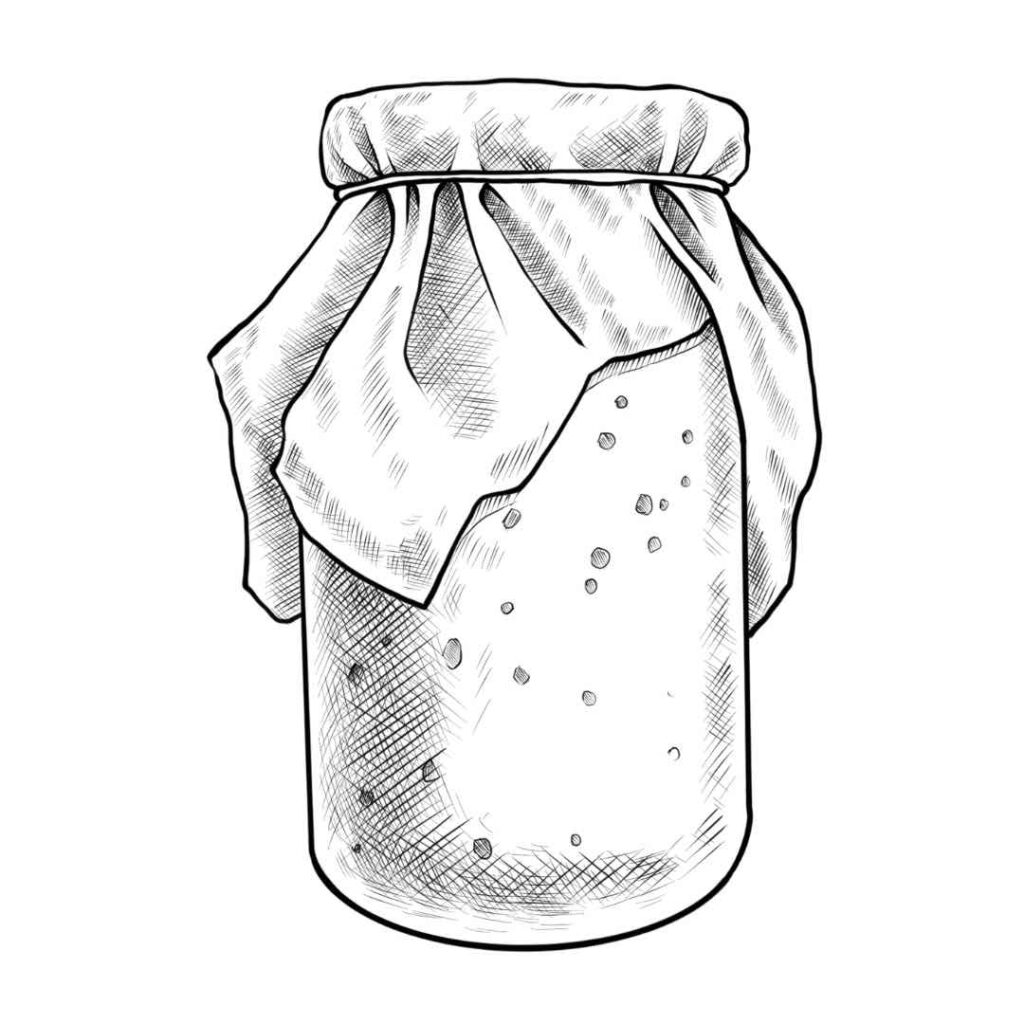
Skill
Slicing, pickling, layering
& Baking
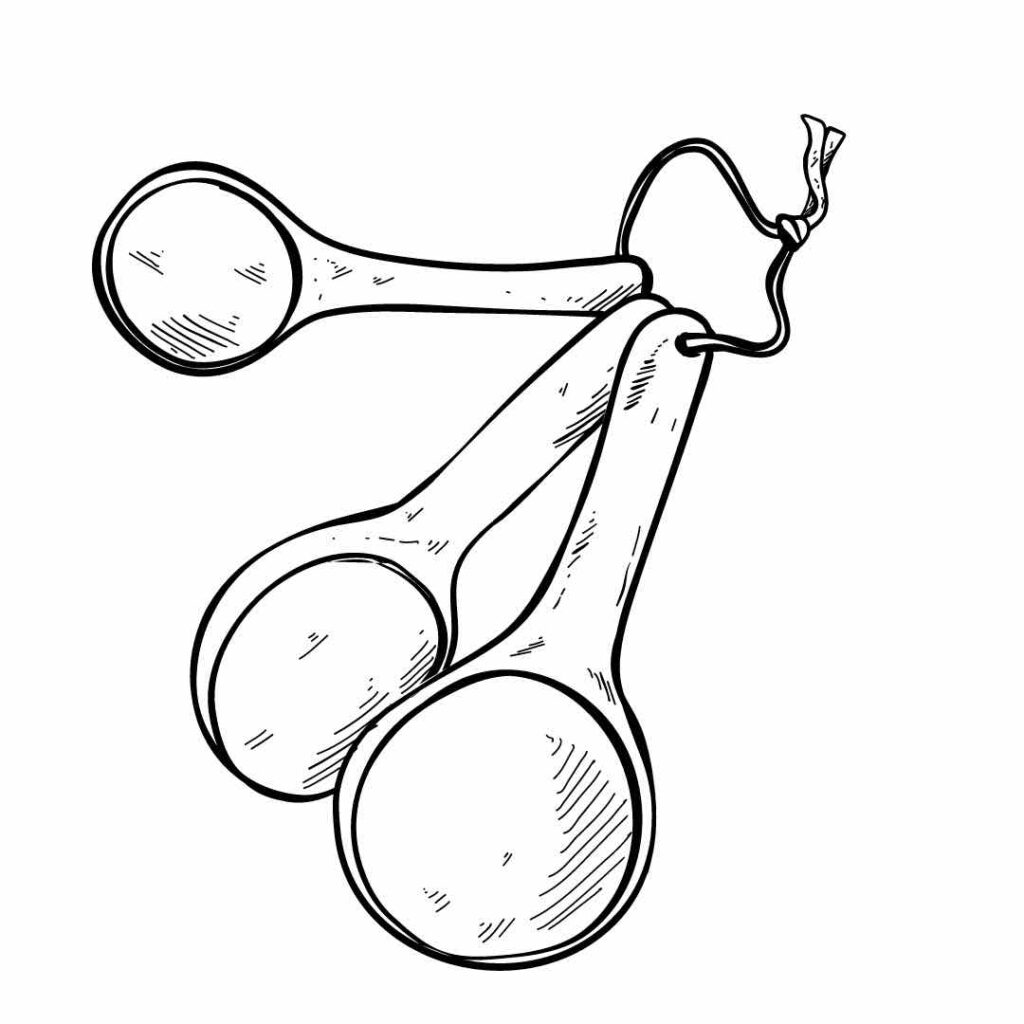
Serves:
750ml/ 24 oz jar

Time to Prepare:
20 min

Time to cook or cure:
10 minutes

Skills:
Slicing, pickling, layering
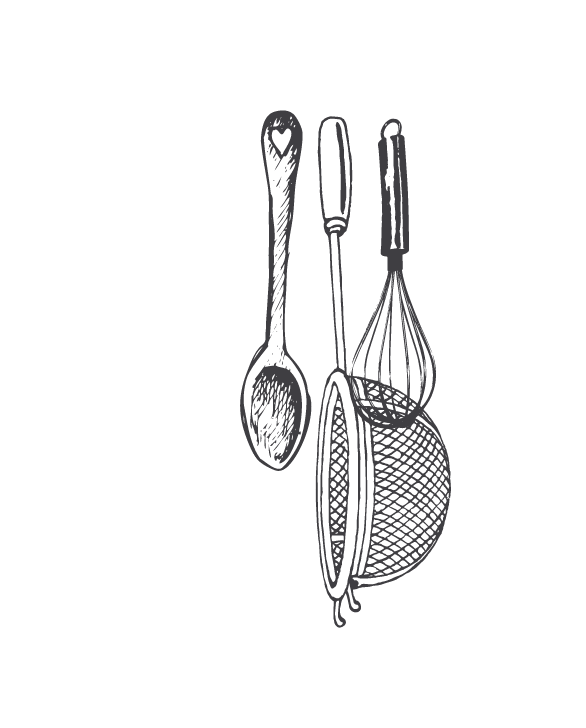
Always slice zucchini evenly with a mandoline for the best texture.
Salting the zucchini first draws out moisture and keeps the preserve crisp.
Don’t pour boiling vinegar into the jar—just warm it.
Pack the jar tightly using a funnel and spoon to prevent air gaps.
Store sealed in a cool, dark place (around 50°F) for up to 2–3 months.
Once opened, keep refrigerated and consume within 1 month.
For extra safety, you can refrigerate from the start.
Always make sure the vegetables stay fully submerged in the liquid.
Q: Can I use fresh marjoram instead of dried?
A: Yes, you can use fresh marjoram, especially if it’s growing in your garden or you’ve just picked some from the farmers’ market. However, dried marjoram is generally preferred in preserves for a few key reasons: it’s more concentrated, it blends more predictably with the vinegar base, and it holds up better over time. Fresh herbs can lose their character after a few weeks in brine, sometimes even turning a bit bitter. If you do go fresh, double the quantity and try adding it at the very end of cooking to preserve the delicate aroma.
Q: Can I reuse the pickle liquid for another batch?
A: It’s not recommended. While it might seem like a sustainable idea, reusing the brine can throw off the acidity levels—especially if some of the previous vegetables soaked up more vinegar than others. This compromises both flavour and safety. For preserves, acidity is what keeps things shelf-stable and botulism-free. If you hate to waste it, strain and use the leftover liquid as a punchy salad dressing base or marinade within a few days—just keep it in the fridge.
Q: What does this zucchini preserve pair well with?
A: It’s surprisingly versatile! Spoon it onto warm sourdough toast with a swipe of soft goat cheese or cream cheese for a savoury snack. Layer it into a grilled cheese sandwich for a sweet-and-sour punch. It’s also fantastic as part of a charcuterie board—especially with firm cheeses like aged cheddar or manchego. We’ve even tucked it into grain bowls and stirred it through couscous with roasted peppers and olives. Basically, if it’s salty, smoky, or creamy—this zucchini preserve can handle it.
Q: Can I slice the zucchini thicker than 1⁄8 inch?
A: Technically, yes—but it’s not ideal. Thicker slices stay firmer, which sounds good until you realise they also resist absorbing the flavours of the vinegar and aromatics. Thinner slices (between 1⁄16 and 1⁄8 inch) act like little flavour sponges, soaking up the brine and mellowing in texture just enough. Thicker cuts can also make it harder to fit everything neatly into jars, and you’ll end up with less even results.
Q: How long should I wait before eating the preserve?
A: Try to wait at least 48 hours to let the flavours develop. But if you’re patient enough to leave them for a week, the vinegar mellows, the herbs deepen, and the whole thing tastes much more rounded. Like many preserves, it just gets better with time.
Q: Do I need to refrigerate the jars after sealing?
A: If you’ve properly sterilised your jars and hot-packed the zucchini, they can be stored in a cool, dark pantry for up to 6 months. But once opened, always refrigerate the jar and consume within 2–3 weeks for best flavour and safety.
Q: Can I substitute yellow squash or pattypan for zucchini?
A: Yes, absolutely. Any tender summer squash works well here. Just aim for similar thickness when slicing and adjust the soaking time slightly if your squash is more watery. The flavour will still shine, especially if your marjoram and garlic are top-notch.
Q: Why does my preserve look cloudy?
A: Cloudiness usually comes from a few harmless sources—residual starch in the zucchini, minerals in your water, or floating herb particles. If you followed proper sterilisation steps and the jar is sealed well, there’s usually no need to worry. But if you ever see mold, fizzing, or an off smell, don’t risk it—toss it.

Recipe Categories
We lost so much.
Our pastures are destroyed, many of our old olive trees, the young orchards, the irrigation systems, our most important tools, water pumps, and power setup—either melted or destroyed.
Our food and hay stores, the fences, and many of the stable buildings are either damaged or lost entirely.
What took years to build was reduced to ash in a single afternoon.
Ready to Recharge and Enjoy Real Food in Nature?
Cook, connect, and grow in the heart of our regenerative farm.
Real food. Deep rest. Lifelong memories.
